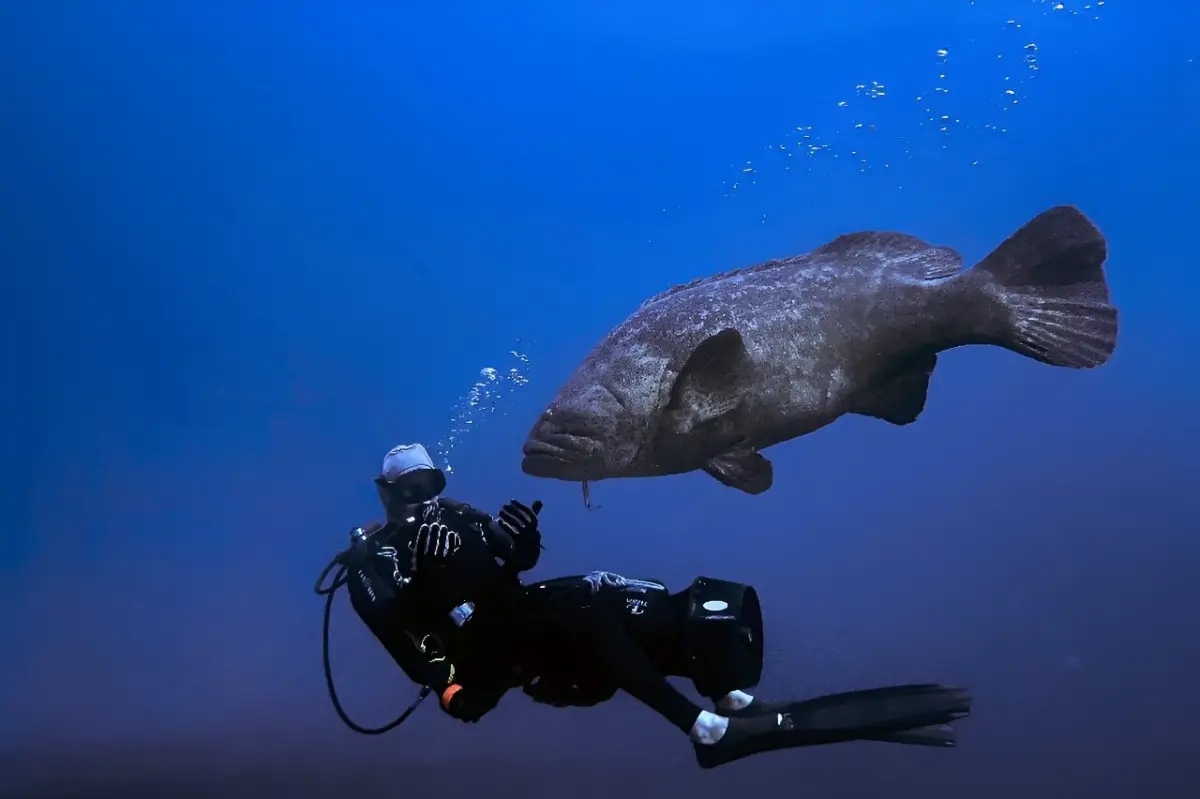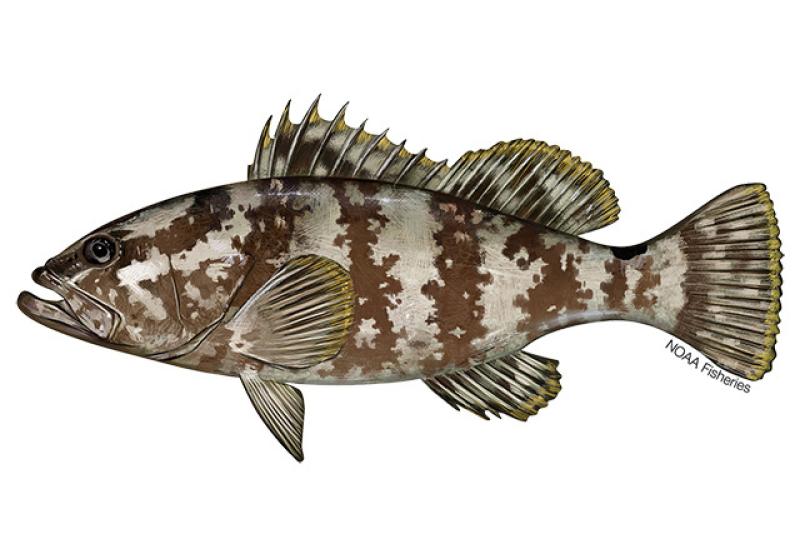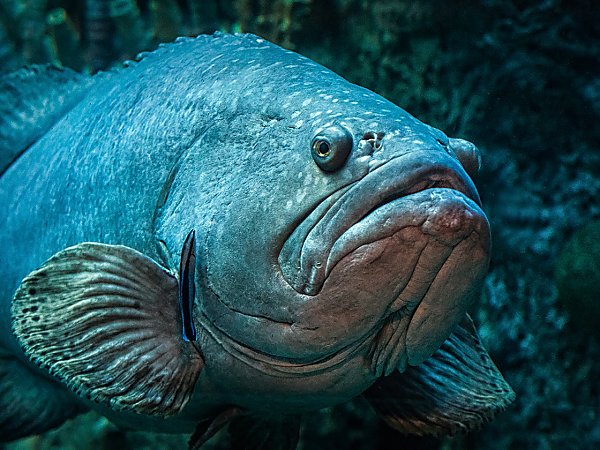A Grouper are challenging and powerful game fish that is found in many of the world’s oceans and can grow to impressive sizes, a popular sport fishing endeavor, attracting both experienced and novice anglers. What are Ideal Water Conditions for Grouper?
Ideal water conditions for grouper:
- Temperature: 72-84°F.
- pH: 7.8-8.4.
- Salinity: 32-36 ppt.
- Dissolved oxygen: 5-7 ppm.
- Water clarity: Clear.
- Ammonia, nitrite, nitrate: Low levels.
- Habitat: Reefs, rocks, mangroves.
- Depth: Varies by species.
Grouper can be found in many of the world’s oceans, including the Gulf of Mexico, where they are a popular target for sport fishing enthusiasts. The fish can grow to be quite large, with some species reaching lengths of up to several feet and weights of over 100 pounds. They are bottom-dwelling fish that are typically found in deep water, but they can also be caught in shallower water during certain times of the year.
Introduction:
Ideal Water Conditions for Grouper
References:
In The Spread- How to Catch Grouper-Knowledge is Key
FAQ’s
What is the ideal time of day to fish for grouper? The ideal time of day to fish for grouper is typically during dawn and dusk when they are most active and feeding. Grouper are known to be nocturnal hunters, preferring low-light conditions for hunting and ambushing prey.
What type of fishing gear is recommended for targeting grouper? Heavy-duty fishing gear such as stout rods, sturdy reels, and braided lines are recommended for targeting grouper. Additionally, using strong and durable terminal tackle, such as circle hooks and heavy leaders, is essential for handling the powerful strikes and rugged habitats where grouper are often found.




